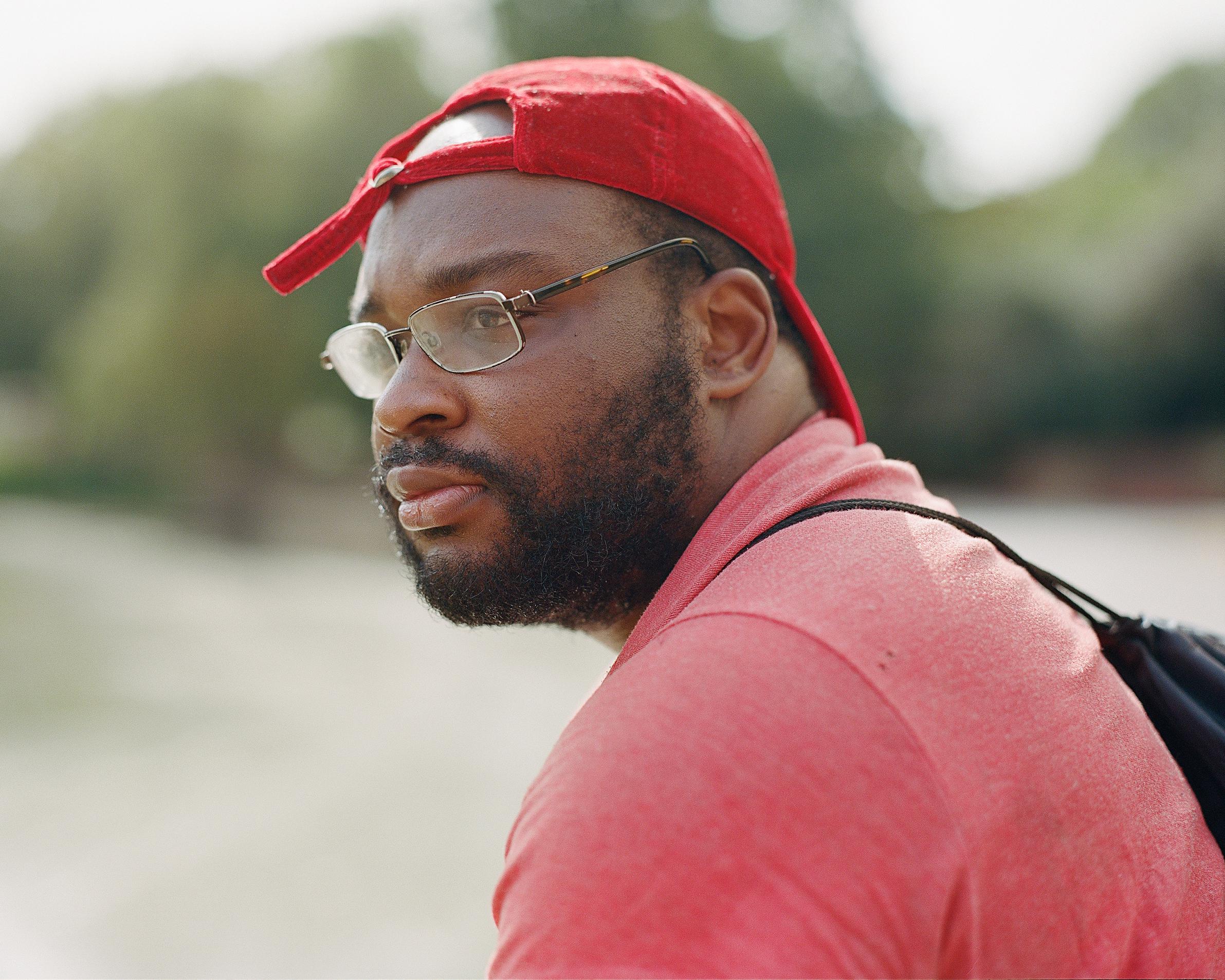New JRF modelling shows scale of living standards assault on poorest who are set to see incomes fall twice as fast by end of Parliament
The OBR predict that households will be £500 better off by the end of the Parliament, but the Joseph Rowntree Foundation’s assessment, which includes housing costs, paints a bleaker picture.
New modelling from the Joseph Rowntree Foundation shows that living standards are set to fall across the rest of the decade, with the average family £750 worse off in real terms by April 2029 compared to now.
Falling living standards are being driven by falling employment and rising housing costs as well as tax thresholds remaining frozen.
Families on the lowest incomes are forecast to see their incomes fall around twice as fast as middle and higher income families (6% compared to 3% in the middle and 2% at the top). Low-income families are more likely to be hit by higher housing costs, as well as benefit changes and job losses. This includes the impact of the disability benefit cuts so far costed by the Office for Budget Responsibility (OBR).
The OBR also report on livings standards, through their measure of Real Household Disposable Income (RHDI). This is similar to JRF’s measure, but with some key differences. Most importantly, the OBR’s measure does not take into account housing costs, whereas the JRF measure does. When looking at JRF’s measure before housing costs, living standards for families are projected to be broadly the same in 2030 as they are today.
The OBR’s measure also assumes that the Government’s plans to build more homes will lead to more imputed rental income. This is the amount that homeowners would receive if they were to rent out their home. However, JRF’s measure doesn’t include imputed rental income. Households don’t receive this as income in their pockets and therefore it doesn’t contribute to their experience of their living standards.

This news article is part of the social security topic.
Find out more about our work in this area.